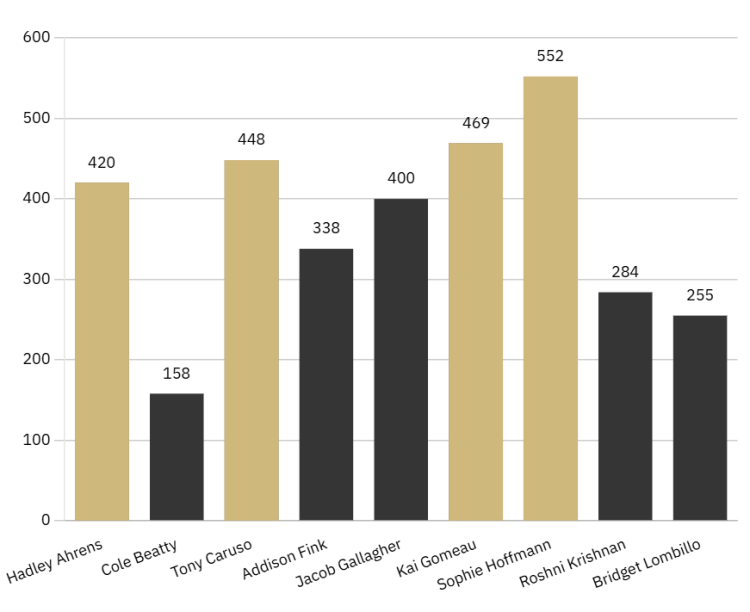CUSG Elections
Fall 2025 Elections
Fall 2025 Election Official Results
The University of Colorado Student Government (CUSG) is one of the most influential and autonomous student governments in the country. Balanced by three branches—Executive, Legislative Council, and the CUSG Court—CUSG oversees how more than $35 million in your student fees are allocated each year.
This Fall, students voted to elect 4 of 8 Representative-at-Large seats on the Legislative Council. 2755 votes were cast this election cycle. See the results:

Campaign Packet
Meet the Election Commission
Will Conway
Election Commissioner


